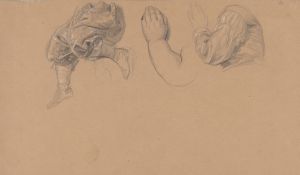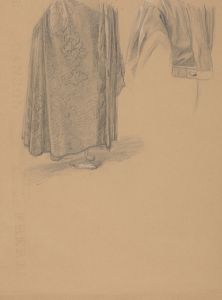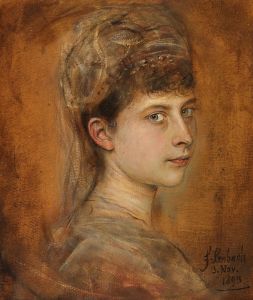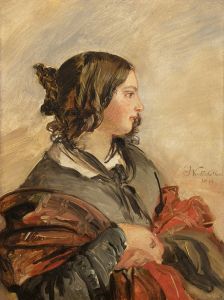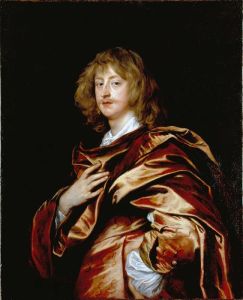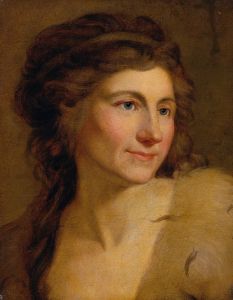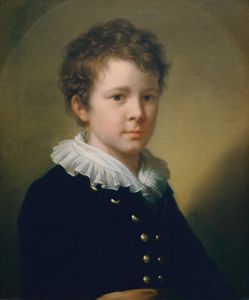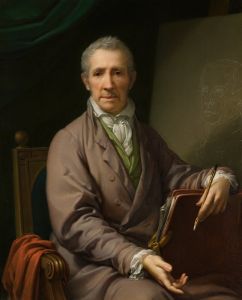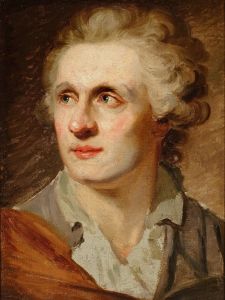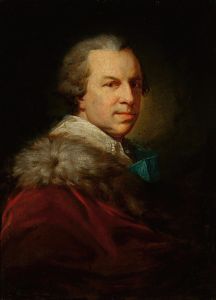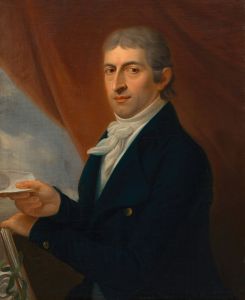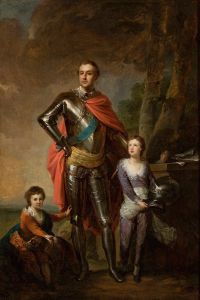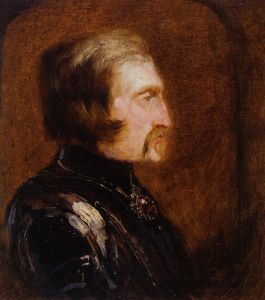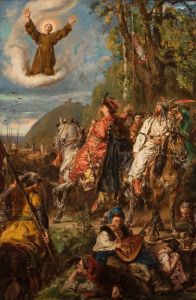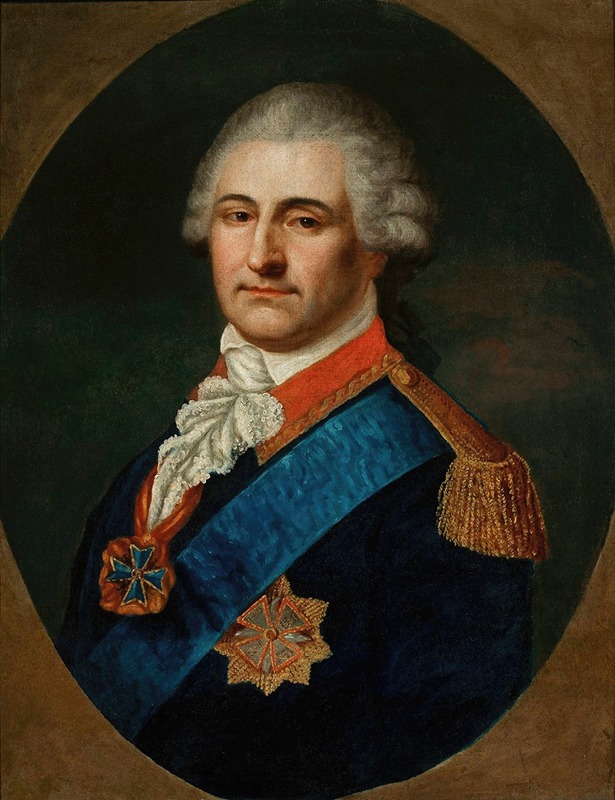
Portrait of Stanisław August Poniatowski in the general’s uniform
A hand-painted replica of Johann Baptist von Lampi the Elder’s masterpiece Portrait of Stanisław August Poniatowski in the general’s uniform, meticulously crafted by professional artists to capture the true essence of the original. Each piece is created with museum-quality canvas and rare mineral pigments, carefully painted by experienced artists with delicate brushstrokes and rich, layered colors to perfectly recreate the texture of the original artwork. Unlike machine-printed reproductions, this hand-painted version brings the painting to life, infused with the artist’s emotions and skill in every stroke. Whether for personal collection or home decoration, it instantly elevates the artistic atmosphere of any space.
The "Portrait of Stanisław August Poniatowski in the General’s Uniform" is an oil painting by Johann Baptist von Lampi the Elder, an Austrian portrait painter renowned for his depictions of European nobility and aristocracy during the late 18th and early 19th centuries. This particular work features Stanisław August Poniatowski, the last King of Poland and Grand Duke of Lithuania, who reigned from 1764 until his abdication in 1795 following the partitions of Poland.
Johann Baptist von Lampi the Elder was born in 1751 in Romeno, in the County of Tyrol, which was then part of the Habsburg Monarchy. He became one of the most sought-after portraitists of his time, known for his ability to capture the likeness and character of his subjects with great skill and sensitivity. Lampi's career took him to various European courts, where he painted numerous members of the nobility, including emperors, kings, and other high-ranking officials.
The portrait of Stanisław August Poniatowski is a significant work, as it captures a prominent historical figure during a tumultuous period in Polish history. Poniatowski was elected King of Poland in 1764 with the support of his former lover, Empress Catherine the Great of Russia. His reign was marked by efforts to strengthen the Polish-Lithuanian Commonwealth through various reforms, including attempts to modernize the army, improve the economy, and enhance the education system. However, his reign was also plagued by political struggles, foreign influence, and internal dissent, which ultimately led to the partitions of Poland by Russia, Prussia, and Austria.
In the portrait, Poniatowski is depicted wearing a general’s uniform, which signifies his role as a military leader and his efforts to reform and strengthen the Polish military forces. The uniform is richly detailed, highlighting the opulence and status associated with his position. Lampi’s use of light and shadow, along with his attention to detail, brings a sense of realism and depth to the painting, capturing both the regal bearing and the personal character of the king.
The painting is not only a representation of Poniatowski as a monarch but also serves as a reflection of the political and cultural climate of the time. It embodies the complexities of his reign and the challenges he faced in attempting to preserve the sovereignty of the Polish-Lithuanian Commonwealth amidst external pressures and internal divisions.
Today, the portrait is considered an important historical artifact, offering insight into the life and times of Stanisław August Poniatowski. It stands as a testament to the artistic skill of Johann Baptist von Lampi the Elder and his ability to immortalize the figures of his era through his portraits. The painting is housed in a collection that preserves the legacy of both the artist and the subject, serving as a valuable resource for historians and art enthusiasts alike.





